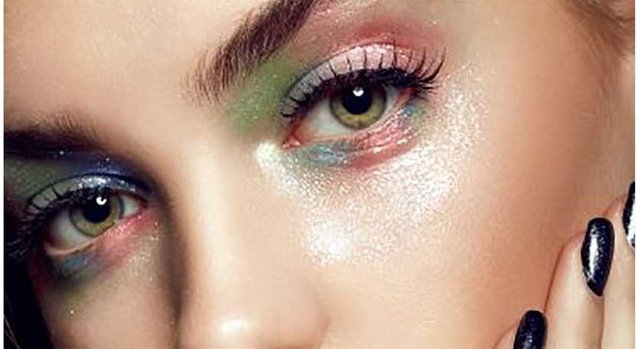The effects pigments industry uses three key pigment classes: absorption pigments, metal effect pigments, and pearlescent pigments. Each one of these class of pigments serve a different purpose and are thus used in several different industries, and have different roles. For instance, the absorption pigments are used in watercolour paints. They represent "true" colours, as they absorb part of the light that hits them and scatter the rest. This phenomenon gives them their own body colour. In contrast to that, the silver metal effect pigments reflect almost all the light, acting like a cluster of tiny mirrors. This gives them their great surface lustre, which is sometimes considered dazzling.
Pearlescent pigments find extensive usage in a variety of applications, from cosmetics to plastics and inks to automotive topcoats. The goal of pearlescent pigments is to mimic the inherent gleam and lustre of natural pearls. Effect pigments find application in different end-use industries such as the fashion industry, automotive industry, etc. Effect pigments are typically laminar, that is, they have a flat surface. The effect pigments can be of natural or synthetic form. The effect pigments can be removed from the surfaces they have been applied to, once the intended effect is accomplished, to create another effect pigment. Generally speaking, most of the effect pigments are transparent, and can be applied on different substrates, including mica, kaolin, fluorophlogopite, and glass flake, among others.
Read More@https://www.insightslice.com/effect-pigments-market
